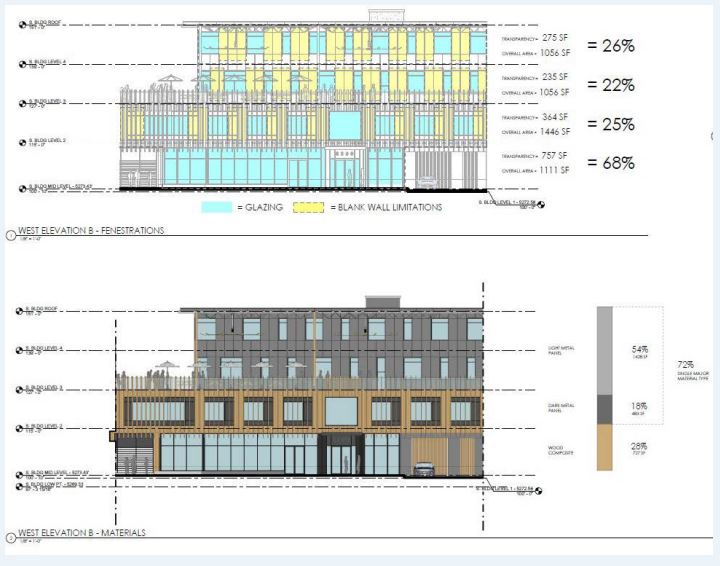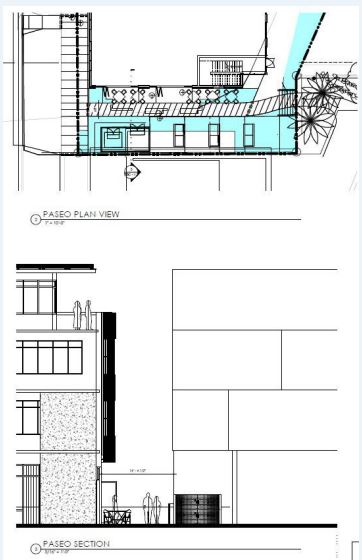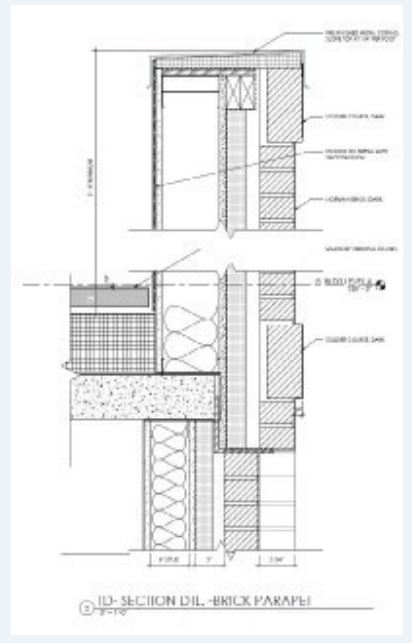The purpose of a Form-Based Code (FBC) review is to improve the character and quality of new development to promote the health, safety and welfare of the public and the users of the development.
The Form-Based Code review regulations are established to create a sense of place in the area being developed or redeveloped and ensure a site and building design that:
- Is consistent with the purposes and policies of the Boulder Valley Comprehensive Plan and other adopted plans of the community;
- Creates a fine-grained transportation network that provides safe, convenient and attractive multi-modal connections;
- Includes transportation connections and outdoor spaces that create attractive, usable amenities around which buildings and site features are organized in a manner that promotes pedestrian activity, a sense of security and community;
- Is compatible with the existing character of the area or the character established in the city’s adopted plans and regulations for the area in terms of height, massing, scale, bulk, orientation, configuration and architecture;
- Results in aesthetically pleasing buildings in that designs are simple and varied, use durable, high-quality and natural building materials that create a sense of permanence and provide human scale through the use of building elements and design details, such as contrast, form, window and door placement, color, and materials; and
- Is environmentally sensitive, considers the physical setting and respects and preserves historic, natural and scenic features.
Parking reductions: A reduction in the number of required off-street parking spaces. Parking reductions over 25% require Form-Based Code Review approval. Parking reductions over 50% require approval by Planning Board. Some parking reductions, as permitted by Section 9-9-6(f), can be considered by city staff as an Administrative Review (without a Form-Based Code Review).
Exceptions: Exceptions from the FBC requirements can be requested as part of the Form-Based Code review process. They must meet the requirements in Section 9-2-16(i).
What Projects Require FBC Review?
A Pre-Application application must be completed prior to submittal of a Form-Based Code Review per Section 9-2-16(c).
Off-Site Affordable Housing
When a developer proposes to provide the affordable units and the development (sending site) is required to successfully complete Form-Based Code Review, the associated off- site development (receiving site) must also successfully complete Form-Based Code Review.
However, receiving site developments with fewer than five affordable units do not need to undergo Form-Based Code Review. See Section 9-13, Inclusionary Housing.
FBC Review Process
Applications for FBC Reviews are received by the Planning & Development Services Center and are reviewed through the Land Use Review process, including public notification.
The initial review of the application takes approximately three weeks from the start of the review track. Application form(s), required application materials and fees are due by 10 a.m. on specified Mondays.
If your application requires subsequent revisions, each additional staff review of the revisions will also take about three weeks from the start of the review track.
FBC Review projects must be found to meet the detailed regulations within Appendix M, Form- Based Code (FBC). Exceptions to any regulation within the FBC may be requested, but may only be approved if the exception criteria of Section 9-2-16(i) are met. Each exception must be called out and responses to each provided.
It is recommended that the number of exceptions, if applicable, be minimized. Decisions on FBC Review are made by Planning staff but may be appealed by any citizen or called up by Planning Board if a person disagrees that the project meets the FBC or if any exception criteria are not met. If called up or appealed, the project would require a public hearing before the Planning Board.



